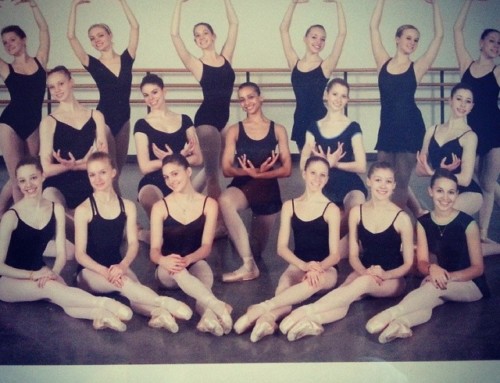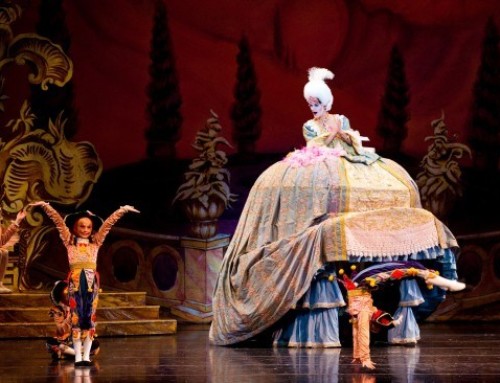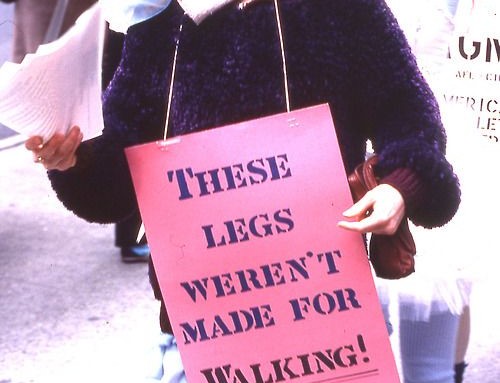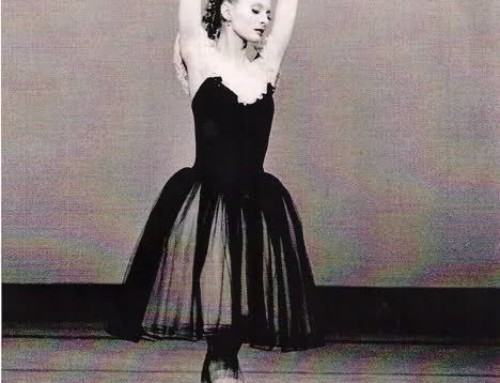Racism. A word floating in and out of mouths and articles more times than I could have ever imagined. A few weeks into the Presidency of Donald J. Trump and it seems that America is more divided than ever, over policies, over faith and certainly over race. Of all the titles to peg him, Donald is perhaps one of the most controversial political leaders of our time. Any one who publicly opposes him becomes a sworn traitor on Twitter, whether it be Meryl Streep, the Mexicans, the CIA or CNN. I will say, I do agree with him when it comes to the latter. Several media and news sources have become even more biased and subjective, adamantly taking sides and publicizing information without first checking all the facts. Perhaps they are doing so in an effort to confuse or distract us, malign their enemies, or maybe just to get us to turn off the news and watch more reality TV. At any rate, I find myself seeking out other random sources for information, anything that’s not discussing Russian hacking or the decimation of Obamacare. And so I come across a Black Entertainment Television article titled, ” Natalie Portman’s Husband Reveals Deep-rooted Racism in Ballet.” Leave it up to Hollywood to tell us something we already know, using big names to catch our attention. At least BET is exposing something, to readers who might not otherwise care, about the lack of diversity that has been plaguing the world of ballet for quite some time.
For the past several years, racial diversity in ballet has been a heated topic in many dance related discussions. Articles and conversations attribute the lack of diversity to a few major points, though most tip-toe around, or completely avoid the word racism. Socio-economic issues, the body type myth, a lack of role models and the uniform vision of the corps de ballet, are usually noted to explain the homogenous groups seen in the studio and on the stage. Type-casting also takes the blame. The swan, the Willies, fairies, dolls that come alive, Juliet, Sleeping Beauty…when these characters are pictured in your head without a second thought, what “color” are they? When Dance Mom mogul Abby Lee recently type-cast her dancers for a group routine inspired by the movie, The Help, tensions grew high. Her few African-American students were dressed as housekeepers, while the other girls played the role of the socialites, or their employers. I think the title of Lee’s dance,”Good Help is Hard to Find” was perhaps not the most appropriate choice. The number ends with two of “the help” taking off their aprons in defiance, and then convincing the third that it’s alright to do the same. Was her piece demonstrating a bold choice of historical accuracy, or an example downright racism? Maybe both?

When I read the BET article, and a similiar article in the Huffington Post, about Benjamin Millipied’s experience at the Paris Opera, I was a little shocked. Benjamin (Natalie’s husband) is the not the first to “reveal” the racial imbalance of ballet, but he’s one of few Artistic Directors to accredit racism as the reason. According to Mr. Millipied, the company’s appearance was not a result of dancers of color not showing up at auditions. It wasn’t because parents of young students wanted them to pursue a more lucrative career. It wasn’t because of curvy bodies or bad feet. It’s because a speck of color in a sea of white is “a distraction”, and a conscious effort should be made to avoid such a thing. He lists racism at the top of his list of reasons the renowned Paris Opera Ballet is trapped in the past, and an excellent reason to remove himself from the position of director. Kudos to Mr. Millipied for challenging the accepted norms of one of the most prestigious ballet companies in the world. I look forward to watching the documentary in which he delves deeper into the conversation of racism and relevancy in ballet.
As a ballerina, I know that the beautiful aesthetic of ballet relies on a homologous theme. Similar technique, the same port de bras, the same leg line, all help to create the magic of many bodies moving as one. But when the theme is applied to skin color, things have to change. We must continue to have an open and honest conversation about race and equity in the world of ballet…my pointe exactly.







Leave A Comment